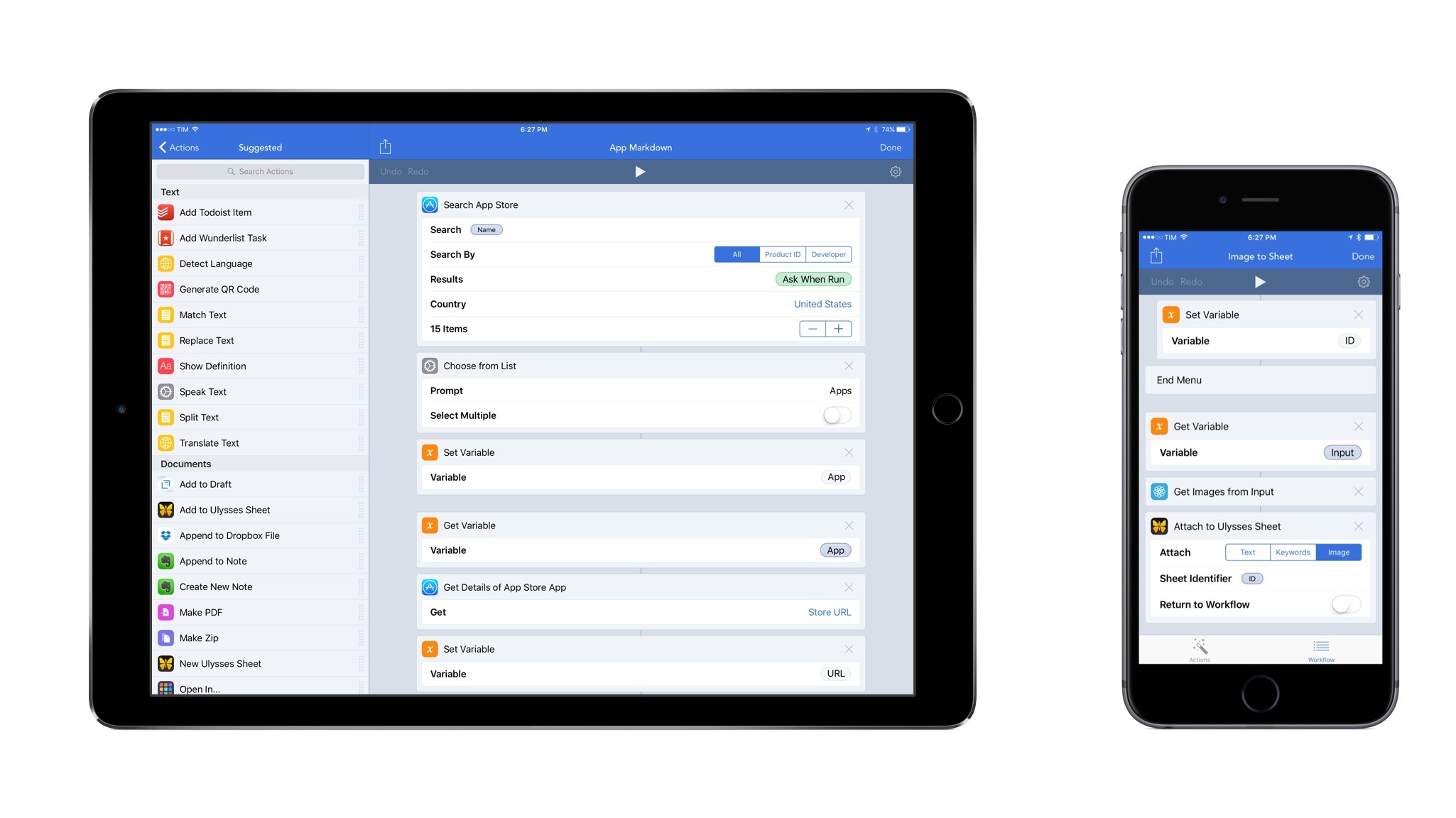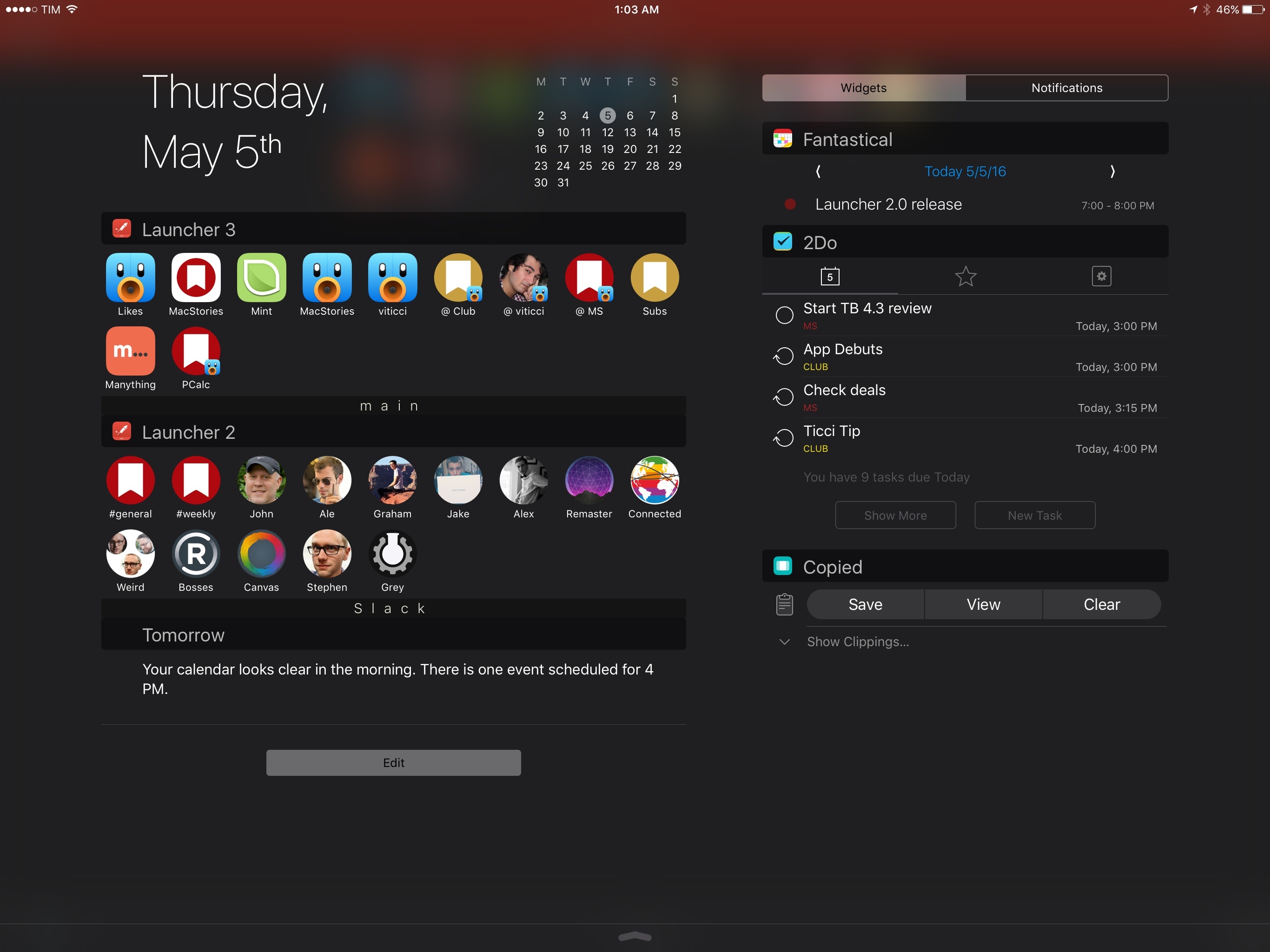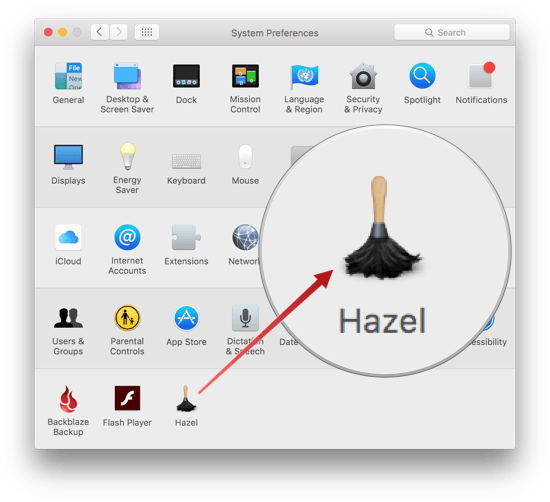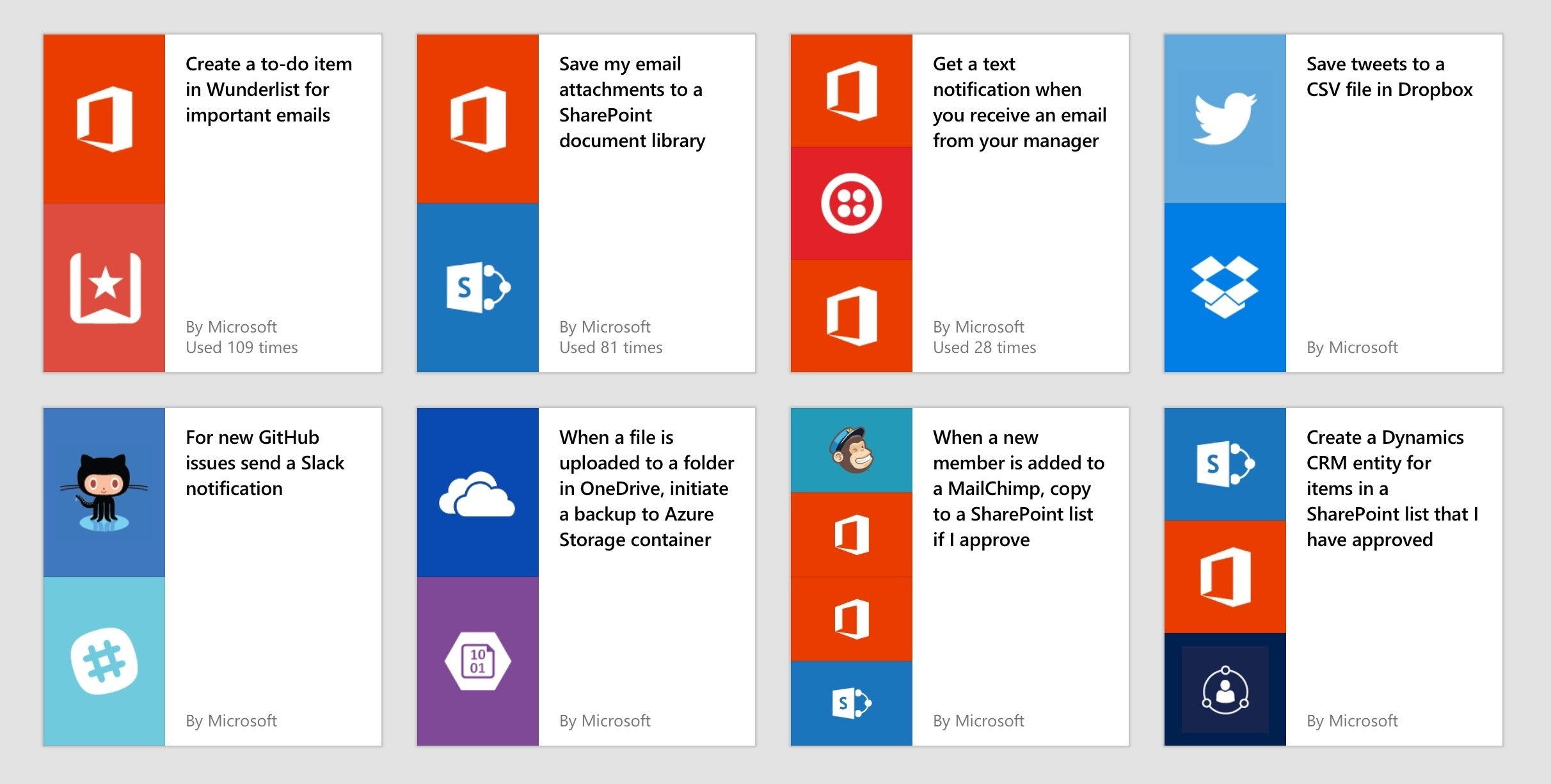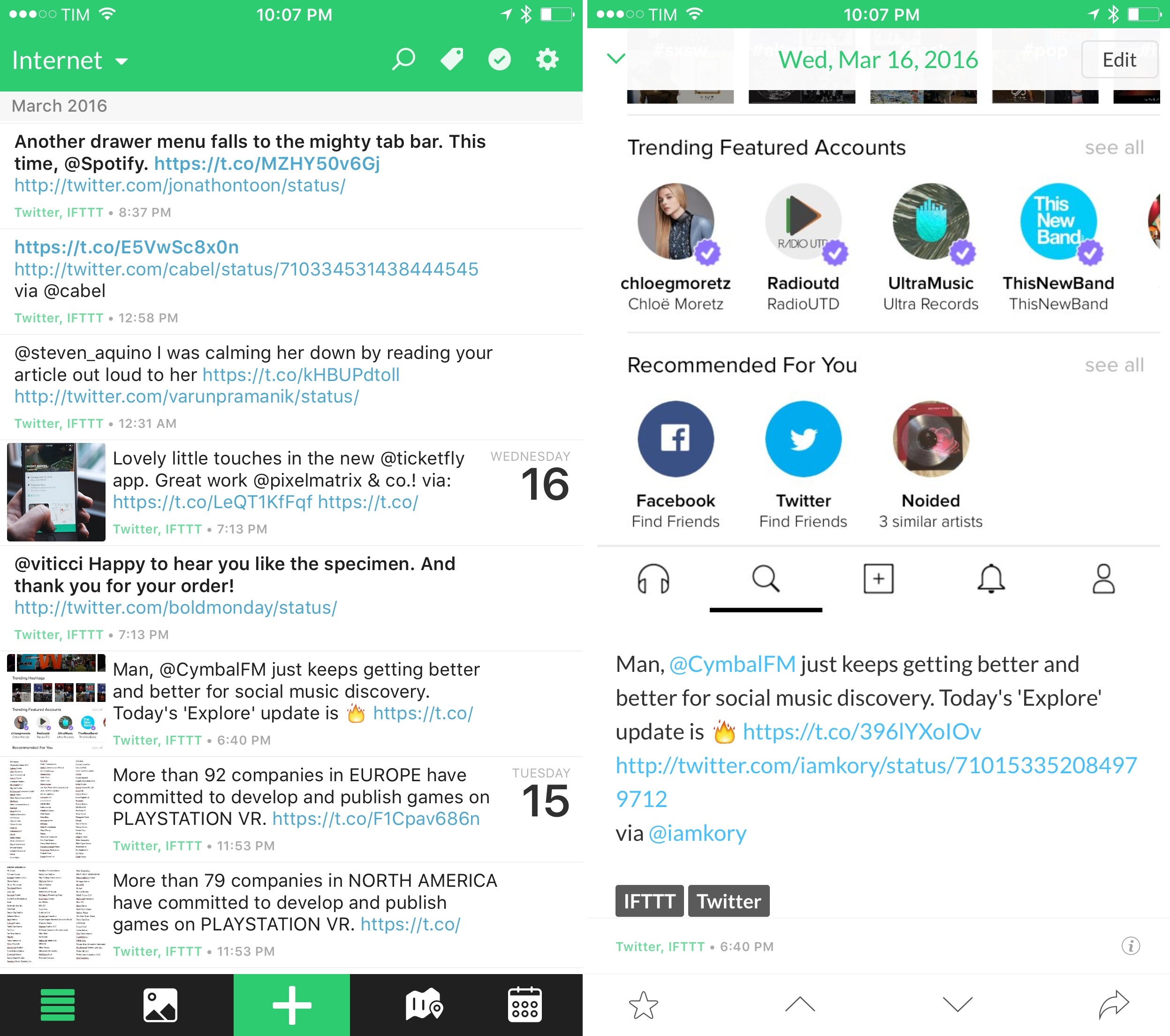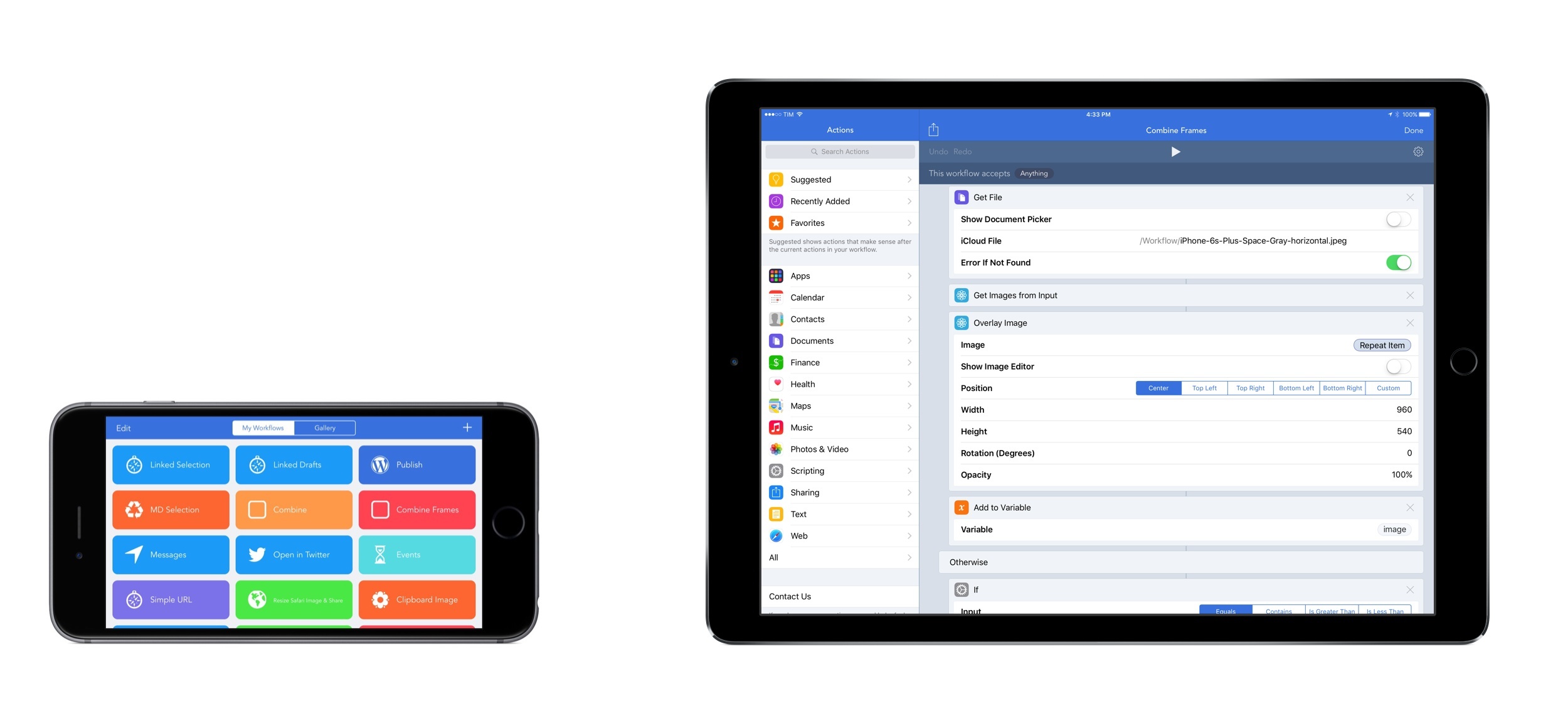In seven years of MacStories, few iOS apps fundamentally changed how I get work done as much as Workflow. Pythonista, Editorial, and Tweetbot are in that list, but Workflow, with its ongoing improvements and deep iOS integrations, continuously makes me question how I can optimize my setup further.
Nearly two years (and an Apple Design Award) later, Workflow is reaching version 1.5 today, an important milestone towards the road to 2.0. Unsurprisingly for the Workflow team, this release adds over 20 new actions and dozens of improvements. Some of them are new app actions based on URL schemes, while others introduce brand new system integrations (such as iTunes Store, App Store, and Safari View Controller) and web actions for the popular Trello team collaboration service. Workflow 1.5 is a packed release that is going to save heavy Workflow users a lot of time.
After testing and playing with Workflow 1.5 for the past month, I’ve been able to streamline key aspects of writing for MacStories and managing Club MacStories. With a bigger team and more Club responsibilities, we’ve been thinking about how to improve our shared tasks and creative process; Workflow 1.5 has played an essential role in it.


